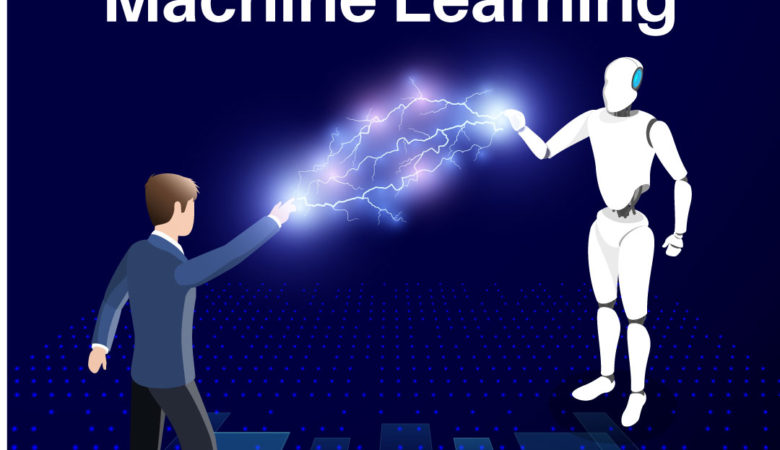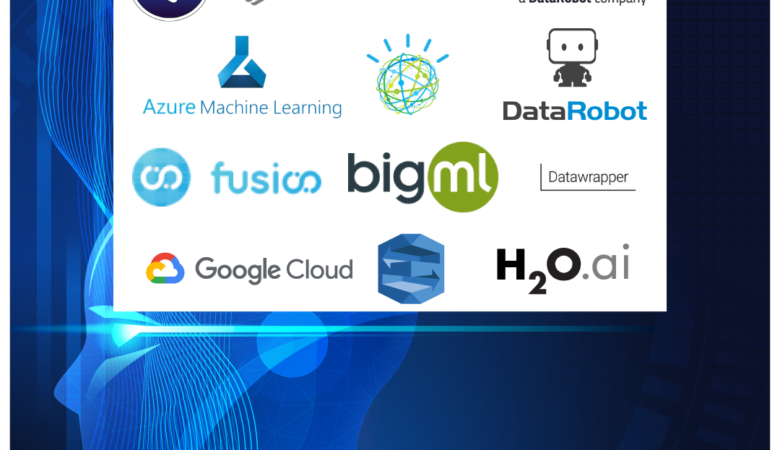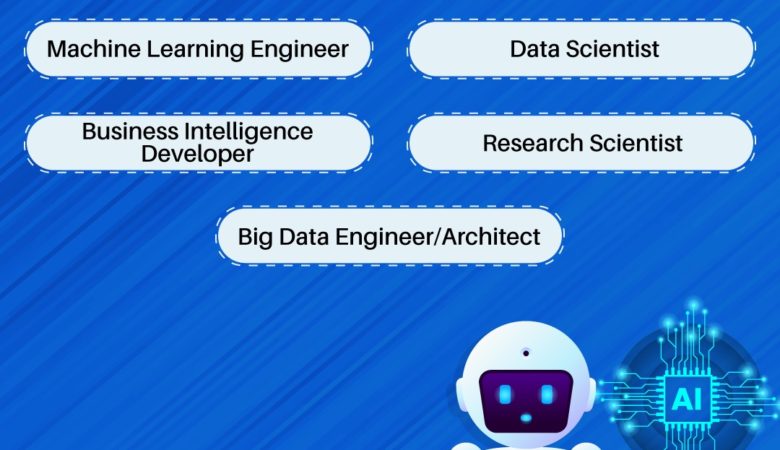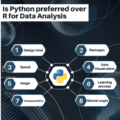
If you have watched any of ‘Terminator’ or ‘I- Robot’ or ‘2001: A Space Odyssey’, then you would already have an idea of what Artificial Intelligence is capable of. While sentient, self-aware robots might still seem futuristic, Artificial Intelligence has already seeped into our everyday life in the form of Apple’s Siri, Amazon’s Alexa, Chatbots, Smart Cars, etc.
Artificial Intelligence (AI) is a method where machines, like computer systems, learn to simulate human actions via algorithms, logic, reasoning, and mathematical functions. Sounds simple right? But there is a lot more to AI than just machines or software. AI is a broad topic that involves an attempt to replicate some aspects of human functions through machines. Simple calculators are outdated now is the era of predictions and analytics-based smart applications like the very popular Google Maps. AI is capable of changing almost anything, so much so that Elon Musk believes that humans should become cyborgs to stay relevant in this constantly changing technology-driven world.
Major areas of focus:
AI technology helps modern machines to work independently which is primarily because of some of the core subjects. These include:
1. Deduction and Reasoning
2. Knowledge representation
3. Natural language processing (NLP)
4. Learning and perceptions
Besides these, there are certain aspects that AI focuses to achieve on a longterm basis which includes Creativity, Social Intelligence, and General (human level) Intelligence.
Levels of AI
Broadly, AI is classified into three categories based on its capabilities:
1. Weak AI or Narrow AI
This type of Artificial Intelligence particularly focuses on only one task. It mimics certain human tasks in a minimum time frame which saves a lot of manual effort, reduces error, and offers precision. For instance, Apple’s Siri is a weak AI and combines. It engages in answering the questions of a lot of people and might seem very intelligent, but the real problem comes when questions to unprogrammed data are asked to Siri.
2. Strong AI, also called Strong/True AI
It is a computer that is as smart as the human brain and can perform all tasks that a human could do. This is still in a nascent stage with a lot of research still being done. Google DeepMind’s AlphaZero AI or AI depicted in Matrix or me, Robot is apt illustrations of Strong AI.
3. Artificial Superintelligence (ASI)
All other types of AI are limited by the data programmed to the machine system, but ASI is a step ahead of all other types of technology and is predicted to become superior to humankind. ASI has the capability to mimic the human brain such as scientific creativity, general wisdom, social skills, etc. This is the reason that famous scientist Stephen Hawking and technologist Elon Musk put forward their fear regarding human extinction with the advent of ASI.
Types of AI
Within the broad gambit of Artificial Intelligence, there are subsets that involve greater complexity and specific purposes. AI is the outermost circle in the series of four concentric circles and is the root technology that holds both Machine Learning and Deep Learning.
The next in the circle Machine Learning which comes within AI. As the name suggests ML focuses on the learning aspect of the machines without additionally programming them with the help of scientific study of algorithms and statistical models. Computer systems rely on these aspects to perform specific tasks automatically without any external interference. But to do so, ML depends very much on the circle next to it – Deep Learning. With ML, machines learn through the data available and experience through algorithms, whereas DL as a subset of ML does this in ways inspired by the human brain.
There is another crucial innermost fourth circle –Neural Networks, every other circle depends on this layer. As the name signifies, neural networks mimic the patterns of brain neurons and operate in a similar way as the human brain. It is a series of algorithms that identify and hidden relationships in a given set of data.
How to get started with AI?
The foremost important requirement to get hands-on AI is by learning various programming languages. Nowadays, a lot of coding languages are there in the market, but if you are a novice, Python is the preferred language as its standard libraries -Tensor Flow, Scikit, PyTorch, etc.- are best suited for Machine Learning and AI.
Head to our portal to find the best quality institutes that offer courses in Python, AI, ML, etc. Enrol in these courses and get started on an amazing career in Artificial Intelligence because the future is here!









Leave a Reply